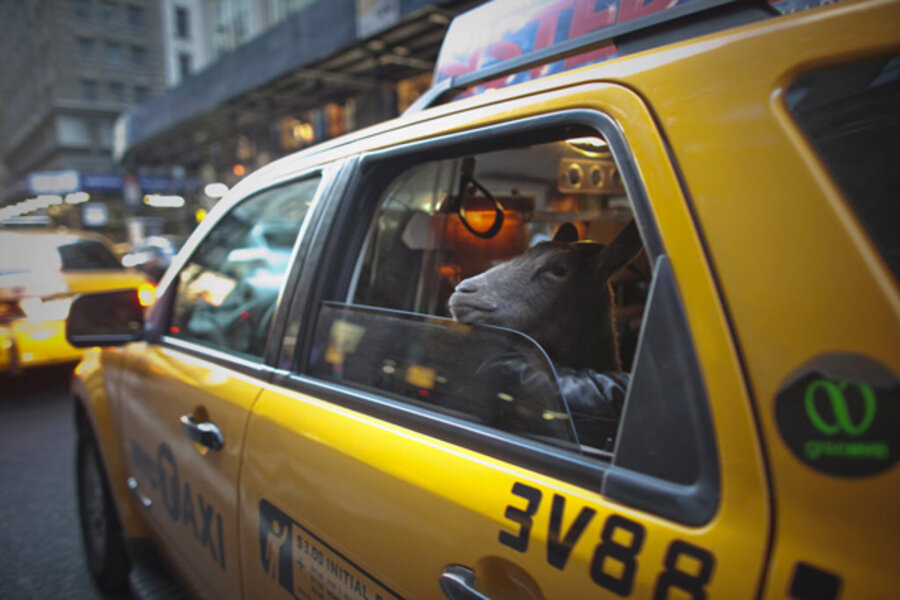New Yorkers will soon be able to e-hail taxis with smartphones
Loading...
| NEW YORK
Raising your arm and yelling "taxi!" will soon be the old-fashioned way to nab a New York City cab. Soon, all you'll need is a smartphone app.
On Thursday, New York City's Taxi & Limousine Commission approved a plan that will allow riders to "e-hail" yellow cabs, starting Feb. 15 on a test basis.
"We should not ignore technology that's out there. This is not speculative, this is real," said TLC Commissioner David Yassky after the pilot program was approved.
Seven members of a commission panel voted in favor; two abstained. The commission issued a press release after the vote celebrating what it called "appy days ahead."
The system will be tried out for one year. After the apps start linking customers with drivers in mid-February, the commission will produce quarterly reports on its success, leading to a decision on whether to extend the pilot program.
Until now, the city has banned yellow taxis from prearranging rides.
At least a dozen companies are ready to provide the service, including ones now operating in other U.S. cities and overseas. London has a thriving taxi e-hail system.
A group of cabbies attended the commission hearing.
One later addressed the issue of customers who still want to hail a cab the traditional way — by standing in the street and waving — and who might worry that cabbies will pass them by.
"If I accept an e-hail, I won't stop for a person on the street," acknowledged driver Mohammad Butt, 35, a Staten Island resident. "But if I have a passenger in the car now, I don't stop either."
On the other hand, driver Antonio Clark said the smartphone hail will make getting a cab easier at night in neighborhoods where they're not easily available.
"You don't have to stand on a dark, empty street," said Clark, 30, of Brooklyn. "You can wait inside an entrance, because the driver has your address."
Yassky told the AP that TLC research showed that drivers still prefer to pick up gesturing passengers.
"They'll still tend to pick up a ride that's there first," he said.
The commission was subject to lobbying from the service car industry, which fears loss of business if yellow cabs are allowed to prearrange rides.
The commissioner said the city will make sure both drivers and customers are protected.
Distance limits will be built into the technology. For example, from 59th Street to Battery Park in Manhattan — the primary business zone — yellow cabs will be allowed to respond to an electronic hail within half a mile. Elsewhere in the city, the limit is a mile and a half.







